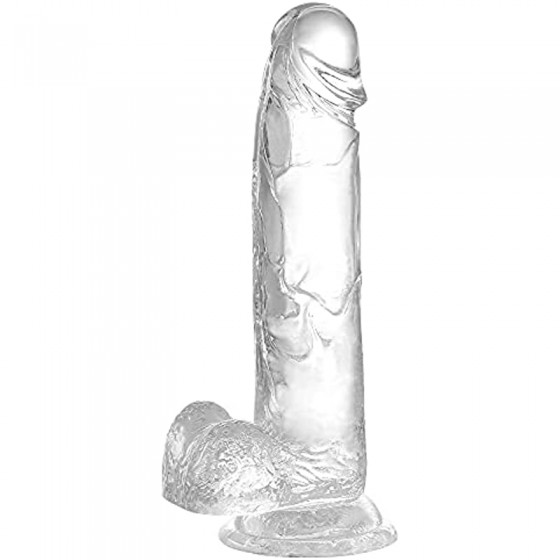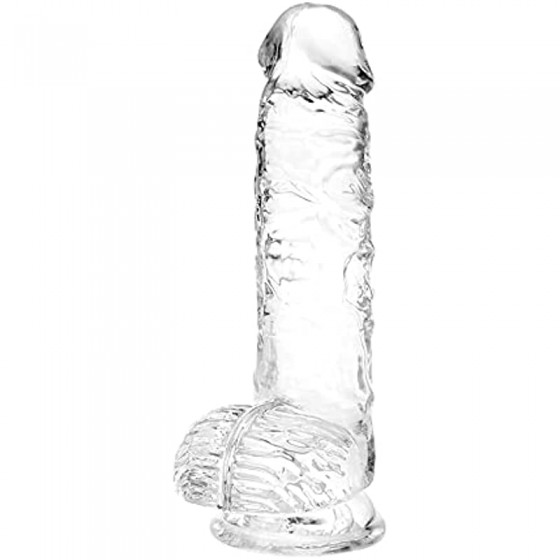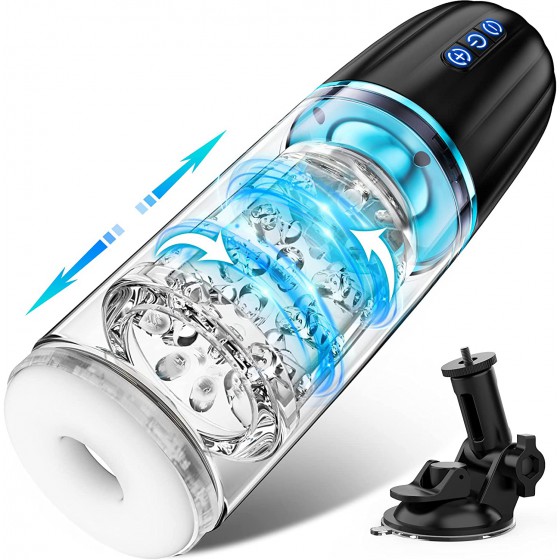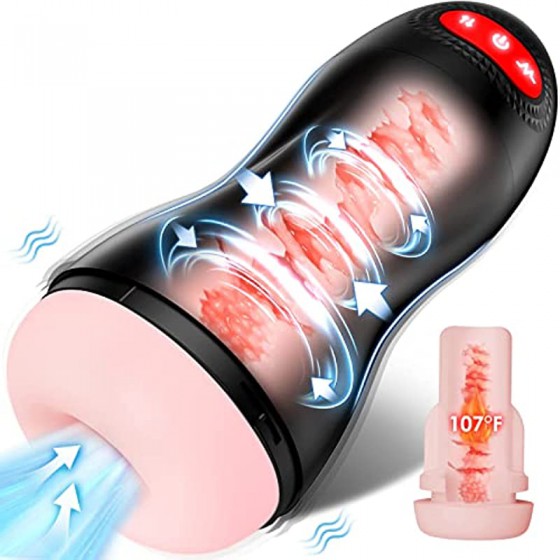The Origin and Fashion of “Condom”
Everything in the world has its origins, and condoms are no exception.
In English vocabulary, condoms are called Condom, which is named after its inventor, Joseph Condom, a British physician in the late 17th century. The condom invented by Condem was made from the cecum of a lamb. First, cut the sheep intestines into appropriate lengths, dry them in the sun, and then soften them with fat and wheat bran until they become thin and rubbery.
Since Condom invented the condom, he was knighted by King Charles II of England. His invention was hailed as a "pleasant invention" by the people.
However, historical data shows that Condom was not the originator of condoms, because similar "sex tools" are depicted in artworks from ancient Egypt and ancient Rome. The earliest condoms were made from animal bladders or fish bladders.
In 1492, Columbus's sailors brought syphilis back to Spain from Haiti in the Americas, and a year later it spread to France, Germany and Switzerland. With the wings of love, syphilis swept across Europe, and 10 years later, the virus conquered the entire world. People reacted quickly. Gabriva Falubai (1523-1562), an anatomy professor at the University of Padua in Italy, invented a condom made of linen. Faloubai claimed that the purpose of this invention was to prevent sexually transmitted diseases, and secondly to use it as a contraceptive. Between 1551 and 1562, he conducted a survey on 1,100 people of various types who used this condom, and the results were satisfactory. Therefore, some scholars believe that the invention of condoms should be attributed to Faloubai.
Most of the early condoms were made of linen or sheep intestines. After the 19th century, they were gradually replaced by latex condoms. The first latex condom was invented by Dutch physicist Dr. Arlette Jacob in 1883.
By the beginning of the 20th century, with the development of latex technology, condom production technology had also been improved, but its thickness was only 0.06 mm, which made it difficult for couples to "enjoy" it to the fullest. In 1949, the Japanese took the lead in developing an "ultra-thin" high-quality condom with a thickness of 0.02 mm. Soon, Russian manufacturers used their ingenuity to produce condoms with many tiny latex particles on the surface or with threads.
Condoms come in various colors, including red, pink, light blue, lavender, goose yellow, black or transparent latex. According to reports, the Japanese prefer black, the Haitians prefer transparent colors, the Kenyans like red, and the Chinese basically use latex colors, and "colors" are still rare.
In recent years, various types of special-shaped condoms developed by manufacturers have brought new feelings to couples' life. For example, a new type of condom produced in the United States has a rubber ring with a much smaller diameter than the condom body. Its purpose is to effectively prevent the penis from shrinking due to blood backflow. There are also special-shaped condoms with spikes and larger particles in different parts. These things are very soft and generally will not damage the vagina. Some condoms are covered with "needles" about 1 inch long. They are suitable for some middle-aged and elderly women whose vaginas are too loose after childbirth, as well as people who suffer from frigidity.
Recently, a condom that artificially lengthens the penis has appeared on the market. The head is made of soft rubber and the condom is about 15 centimeters long. This kind of condom can meet certain sexual and psychological needs of some men and women.
Today, condoms have added many new functions in addition to contraception and prevention of sexually transmitted diseases.
Some women will produce antibodies against sperm, causing "sperm" and "ovum" to be rejected and infertile. If the man uses a condom for a period of time, allowing the antibodies in the woman's body to gradually disappear, and then takes off the "coat", he may be able to conceive. Therefore, condoms have become "pregnancy-promoting condoms" among these people.
According to reports, for couples who use condoms, the incidence of cervical cancer in the woman is significantly reduced, and its anti-cancer effect has been affirmed in the medical community. At this time, condoms became "cancer prevention condoms".
In order for condoms to fulfill their "multi-functional" duties, medicated varieties came into being. In 1975, the British first introduced condoms using spermicide as lubricant. Then, some manufacturers in the United States successively launched condoms containing silver sulfadiazine or iodine, as well as other antibiotics, to inhibit HIV, Treponema pallidum, gonococcus and herpes viruses. In order to help men treat premature ejaculation, some manufacturers have also developed condoms containing local anesthetics.
This article comes from adult.6kmall.com and is published by netizens. This site only quotes it for reference. It does not mean that this site agrees with the views of the article. If you believe that the content and intellectual property rights of this article infringe upon your interests, please contact us.













